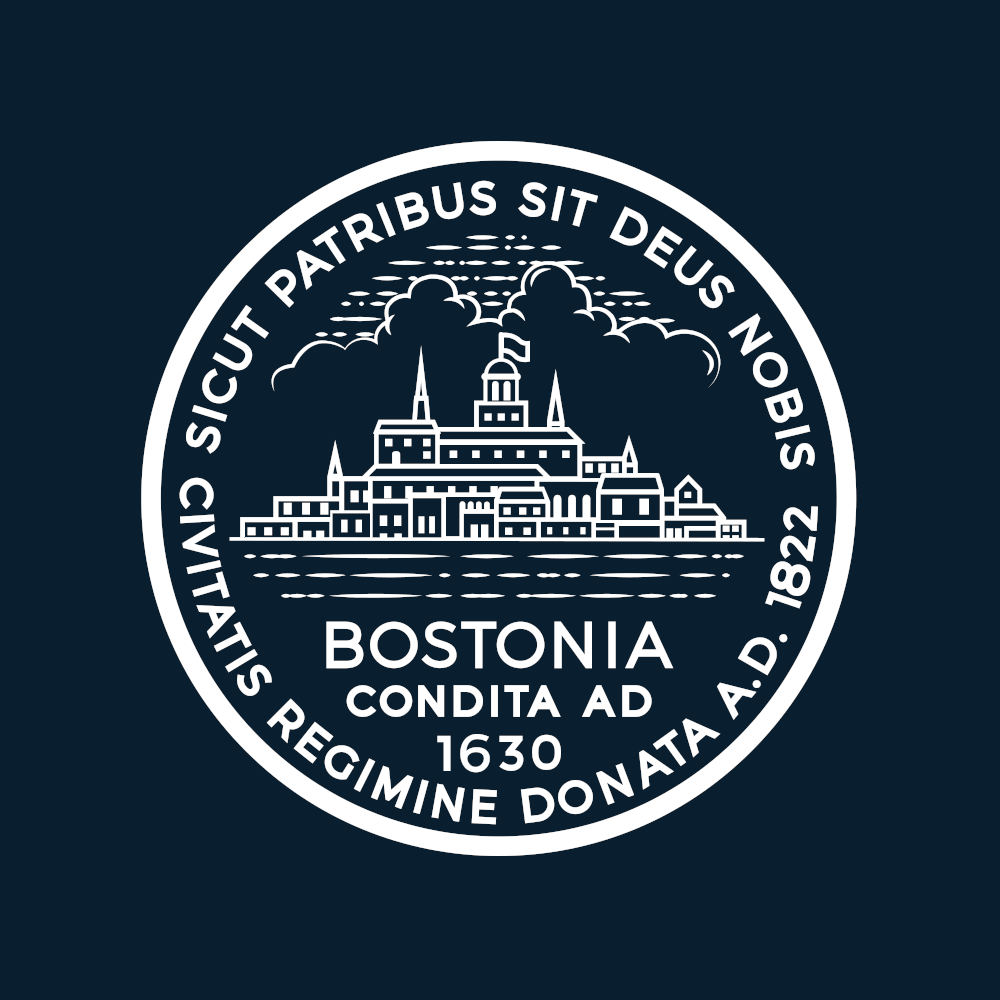The City of Boston announced new electricity rates for the Boston Community Choice Electricity (BCCE) program, allowing Boston residents and small businesses to save money on their energy bills. These rates, which go into effect this month, are lower than current and upcoming Eversource rates, providing residents and small businesses electricity bill savings and renewable energy. Between February 2021 and December 2024, Boston residents using BCCE averaged savings of $200 per year on their electricity bills, in comparison to the Eversource Basic Service, saving Boston residents and small businesses nearly $260 million over those three years. BCCE’s new rates will remain in effect for the next two years.
The City encourages all residents and small businesses to check their electricity bill to confirm their enrollment in Boston Community Choice Electricity. Many residents who are not enrolled in BCCE are unknowingly paying too much for electricity because they are receiving electricity from a third-party supplier. Third-party electricity suppliers often take advantage of low-income residents and people of color through offering low introductory rates, significantly raising the rates later, and by charging high termination fees. To get help checking your energy supplier or to enroll in BCCE, contact the City of Boston’s BCCE team by scheduling an appointment, emailing BCCE@boston.gov or calling 617-635-3850.
“The new electricity rates through Boston Community Choice Electricity give Boston residents an opportunity to reduce their utility bills at a time when many families are struggling with our country’s affordability crisis,” said Mayor Michelle Wu. “This program proves that here in Boston, energy savings and bold solutions to tackle climate change go hand-in-hand.”
About 65 percent of all Boston rate payers are currently enrolled in BCCE, and new utility account holders are automatically enrolled in the program. The BCCE Basic and Standard rates are both lower than the Eversource Basic Commercial and Residential rates. Below is a comparison of the cost savings per kilowatt hour, as well as the updated BCCE rates for 2026.
A comparison of current Boston Community Choice Electricity rates to Eversource’s upcoming Basic Residential rate.

Eversource’s winter rates are $0.15065/kWh for the Residential plan, and $0.14466/kWh for Commercial. Eversource has also filed a Basic Service Cost Adjustment with the Massachusetts Department of Public Utilities which, if approved, may increase the Eversource Basic Service rates by an additional $0.00565/kWh.
Despite federal cuts to eliminate renewable energy projects, Boston continues to prioritize clean energy and remains focused on reaching carbon neutrality by 2050. This month, the BCCE Program increased the enrollment cap for commercial and industrial accounts from 1.5 million kWh/yr to 2 million, allowing more Boston businesses to enroll in BCCE, save money on utility costs, and switch to renewable energy. Between 2021-2024, BCCE reduced Boston’s Carbon footprint by nearly 200,000 tons of CO2, the equivalent of taking approximately 46,000 gasoline-powered passenger vehicles off the road for a year.
“Boston Community Choice Electricity is putting money back in the wallets of Boston residents,” said Oliver Sellers-Garcia, Environment Commissioner and Director of the Green New Deal for the City of Boston. “Our program shows that clean energy is a win-win for our community, reducing pollution in our neighborhoods while saving our families and small businesses money.”
Energy Cost Saving Opportunities for Boston Residents
In October, Mayor Michelle Wu announced the launch of Boston Energy Saver, a new City service helping Boston renters, homeowners, and small businesses upgrade their buildings and lower their energy bills. Currently, there are many energy programs available to consumers, but it can be difficult to understand where to start. Residents can visit boston.gov/save or call 617-635-SAVE (7283) for a 1-on-1 consultation about available discounts and building upgrade options to save money on energy costs. Potential upgrades include rebates and low-cost financing for energy upgrades, building weatherization, heat pumps, induction stoves, and energy bill check-ups to make sure residents are not being overcharged, among others.
Avoid Scams this Winter
Scammers posing as utility representatives are on the rise. Beware of sophisticated scams that ask you for sensitive information or require immediate payment in the form of gift cards or face utility shutoff. Direct Energy (the energy supplier for BCCE), the City of Boston, and local utilities will never contact you making these requests. Residents can contact BCCE at 617-635-3850 or email bcce@boston.gov with any questions about scam attempts.









